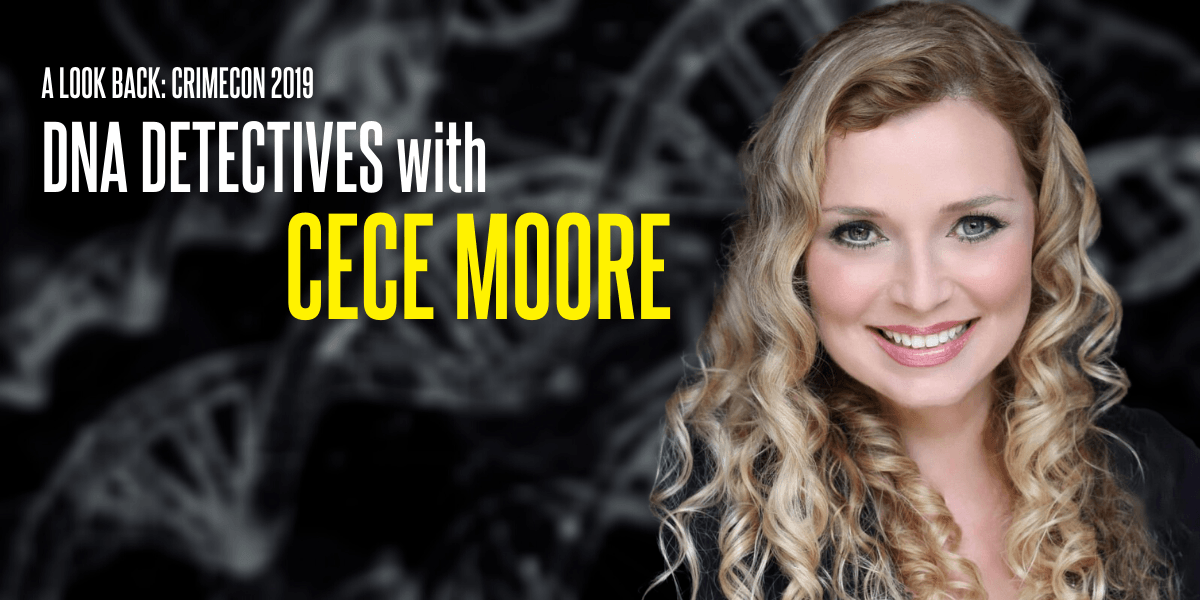DNA Detectives: CeCe Moore on the extinction of serial killers
Editor's note: This article originally appeared in our CrimeCon 2019 program dated June 7, 2019.
DNA dominated the headlines in the year following the arrest of Joseph James DeAngelo as the “Golden State Killer” after it was reported that a site called GEDmatch had helped investigators identify DeAngelo using familial DNA. Since then, scarcely a week has passed without reports that another long-standing cold case had been solved using this method.
It’s an exploding field but if there is a common denominator between many of the cases, it just might be CeCe Moore, a genetic genealogist at Parabon NanoLabs, a forensic consulting firm, who has now helped solve 37 cases. “By the time CrimeCon rolls around, that number should be over fifty,” Moore says with a hint of pride. And those are just the cold cases, she reminds us. “We’re currently working on three active law enforcement investigations as well.”
The growing popularity of at-home DNA tests has meant more than 18 million people have submitted their saliva for analysis to sites like 23andme, Ancestry, and FamilyTreeDNA. While these sites include privacy clauses that are supposed to ensure the user’s data is not shared with anyone else, GEDmatch is an open-source DNA database drawing information from the other three sites. GEDmatch users must acknowledge that their data is being used on an open-source platform that can show familial connections between all three databases. To catch DeAngelo, for example, investigators used GEDmatch to identify a distant relative and then worked backward through their family tree to narrow the list of suspects down until only DeAngelo remained.
“At CrimeCon 2019 I’ll talk about what effect this new process will have on society,” says Moore. One effect is obvious: an increase in the number of suspects who are caught before they can do more harm. “We’ll be able to stop repeat offenders in their tracks,” Moore says.
Do these powerful new tools mean the extinction of serial killers is on the horizon? “I believe it is,” says Moore. “Some offenders will be more difficult to identify and not every case will have DNA evidence. But I believe we’ll see the end of the classic serial killer profile.”
MORE FROM THE CRIMECON BLOG




